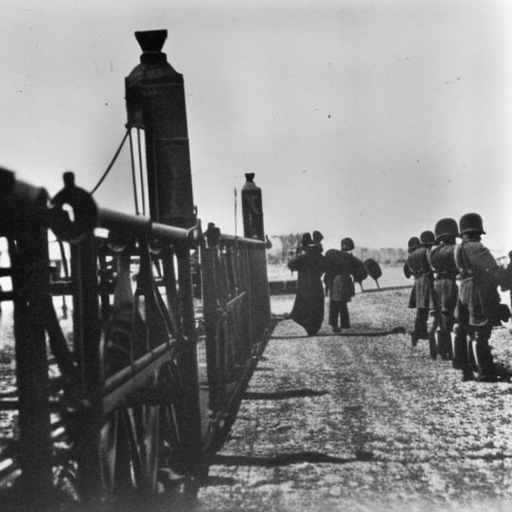Russian Invasion of East Prussia: A Brief Summary
The Russian invasion of East Prussia was a military campaign that took place during World War I. It began in August 1914 and lasted until February 1915. The invasion was part of the larger Eastern Front, where Russian forces aimed to seize territory from the German Empire. The campaign had significant strategic implications for both sides and resulted in heavy casualties and territorial gains for the Russians.
Background
At the outbreak of World War I, the Russian Empire had a large and powerful army, but it was ill-prepared and lacked modern equipment. The Russian High Command devised a plan to quickly invade East Prussia, a German territory bordering Russia, with the hope of diverting German troops from the Western Front. The plan aimed to exploit the perceived weaknesses of the German forces and achieve a decisive victory.
The Initial Russian Offensive
In August 1914, the Russian army launched its offensive into East Prussia. Initially, the Russians made significant progress, pushing the German forces back. They won the Battle of Gumbinnen and advanced further into German territory. However, the Russian advance was slowed by logistical difficulties and the resilience of the German defenders.
The Battle of Tannenberg
The turning point of the campaign came in late August 1914 with the Battle of Tannenberg. The German Eighth Army, led by General Paul von Hindenburg and General Erich Ludendorff, launched a counteroffensive against the Russian Second Army. The Germans successfully encircled and destroyed the Russian forces, inflicting heavy casualties and capturing thousands of prisoners.
The Russian Retreat
Following the defeat at Tannenberg, the Russian army was forced to retreat from East Prussia. The German forces pursued them, inflicting further losses and preventing the Russians from regrouping. The Russian retreat was marked by disorganization and chaos, with many soldiers deserting or surrendering. By the end of September 1914, the Germans had regained control of East Prussia.
The Second Russian Offensive
In February 1915, the Russian army launched a second offensive into East Prussia. This time, they aimed to capture the city of Königsberg, the capital of the region. The Russians made initial gains, but the German forces, now better prepared and reinforced, managed to halt their advance. The Battle of the Masurian Lakes, fought in February 1915, resulted in a decisive German victory and forced the Russians to retreat once again.
Outcome and Significance
The Russian invasion of East Prussia had significant consequences for both sides. While the Russians initially hoped to divert German troops from the Western Front, the campaign ultimately tied down significant German forces in the East. This diversion of resources weakened the German war effort and had implications for the overall outcome of World War I.
The invasion also highlighted the weaknesses of the Russian military, including logistical challenges and a lack of coordination. The defeats at Tannenberg and the Masurian Lakes exposed these weaknesses and led to a reevaluation of Russian military strategy.
In conclusion, the Russian invasion of East Prussia during World War I was a significant military campaign that had far-reaching consequences. Despite initial successes, the Russian forces were ultimately defeated and forced to retreat. The campaign demonstrated the strengths of the German army and the weaknesses of the Russian military. The invasion had strategic implications for both sides and influenced the course of the war on the Eastern Front.












